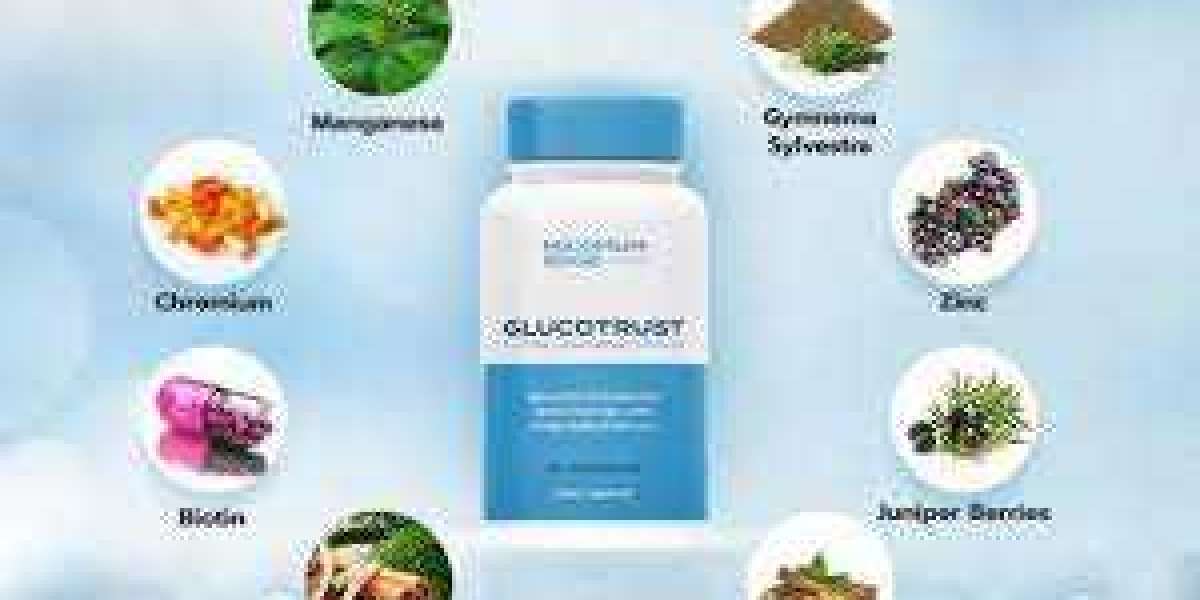Margarine and shortening are butter substitutes that are made from vegetable and seed oils instead of animal milk products like butter. Both are solid or semi-solid fat spreads that can be used for cooking, baking, and spreads. While they have similar uses as butter, there are some key differences in their composition and characteristics.
What is Margarine?
Margarine was one of the earliest butter substitutes created in the late 19th century as a cheaper alternative to butter. It is made by combining vegetable oils, such as soybean oil, with water and adding emulsifiers to thicken it into a spreadable form. Margarine and Shortening is sold as a spread with 40% or less fat content and comes in sticks or tubs for use on bread, toast, or biscuits. Light and low-fat varieties also exist.
Composition and Manufacturing Process
Typical margarine combines three main ingredients - liquid vegetable oil, water, and a small amount of milk or soy protein. Emulsifiers like mono- and di-glycerides are added to bind the water and oil together into a solid congealed fat spread. Additional ingredients like coloring, flavoring and salt may be included for taste and appearance. The oils first undergo hydrogenation, a process that partially saturates the liquid fats through hydrogen gas exposure into a thicker solid or semi-solid form.
Uses and Health Considerations
As a substitute for butter on breads and cooking, margarine is similar in applications. However, early varieties contained trans fats from partial hydrogenation. While trans fats have been largely removed from mainstream spreads, concerns still exist about over-processed vegetable oils. Margarine remains higher in saturated fats and calories than low-fat butter or spreads. The nutrition depends on specific product formulation.
What is Shortening?
Shortening is another butter replacement made purely of vegetable or seed oils like soybean or palm oil, without any dairy or water content. It derives its name from its ability to "shorten" dough and pastries through its high saturated fat content and texture. Shortening is solid at room temperature and melts at a higher temperature than butter.
Production Process
For production, vegetable oils undergo complete hydrogenation into fully saturated solids, giving shortening a higher melting point than butter or margarine. This allows it to remain solid during baking and frying without melting off. No water or dairy is added, making shortening a zero-moisture fat with longer shelf life than other spreads. Extra stability also means it does not separate during storage.
Uses in Cooking and Baking
Shortening's high smoke point makes it well-suited for frying applications. It does not breakdown under high heat like butter. In baking, shortening adds tenderness to dough and pastries since its solid saturated fat structure does not melt quickly. For decades it was a baker’s standard for pie crusts and biscuits seeking that “short” texture. It does not brown or add flavor the way butter does, however.
Health Considerations
Since shortening contains only vegetable fats, it was once considered a healthier butter option without dairy or trans fats. However, its fully hydrogenated oils contain the highest saturated fat levels of all butter replacements. Current dietary advice recommends limiting saturated fats for heart health. While lower calorie than butter, shortening offers no nutritional benefits over unsaturated vegetable oils. Its solid structure makes it very shelf-stable though.
Industry Trends and Innovations
With rising health awareness, the margarine and shortening industry continues innovating forms of the classic spreads. New launches emphasize heart-healthy unsaturated fats from sources like olive, canola or avocado oils. Non-hydrogenated options avoid trans fats. Plant sterols are added for cholesterol lowering benefits. Dairy-free varieties serve vegan diets. The future may see more natural, clean label spreads focused on nutrition and sustainability in this vegetable fat sector.
Margarine and shortening have served as butter substitutes for over a century based on economics and availability. While offering a convenient fat for baking and spreads, early formulations often came with trans fat or saturated fat downsides. Current times see the industry improving nutritional profiles through innovation. Understanding each product’s unique composition and uses guides health-conscious choices in this category. Further advancements look to balance functionality, taste and well-being.
Get more insights on Margarine and Shortening


